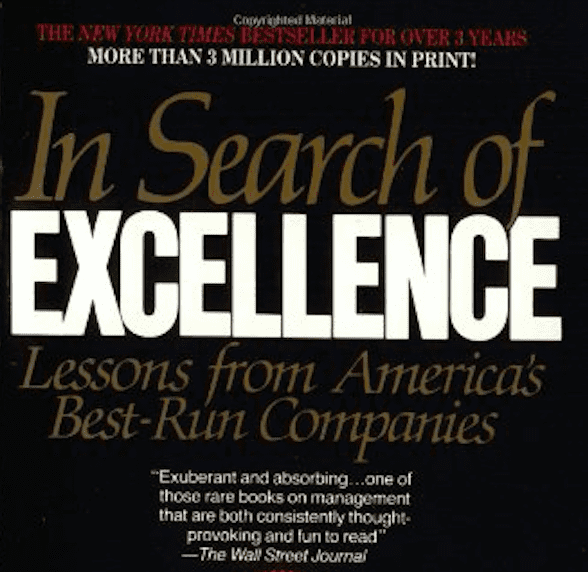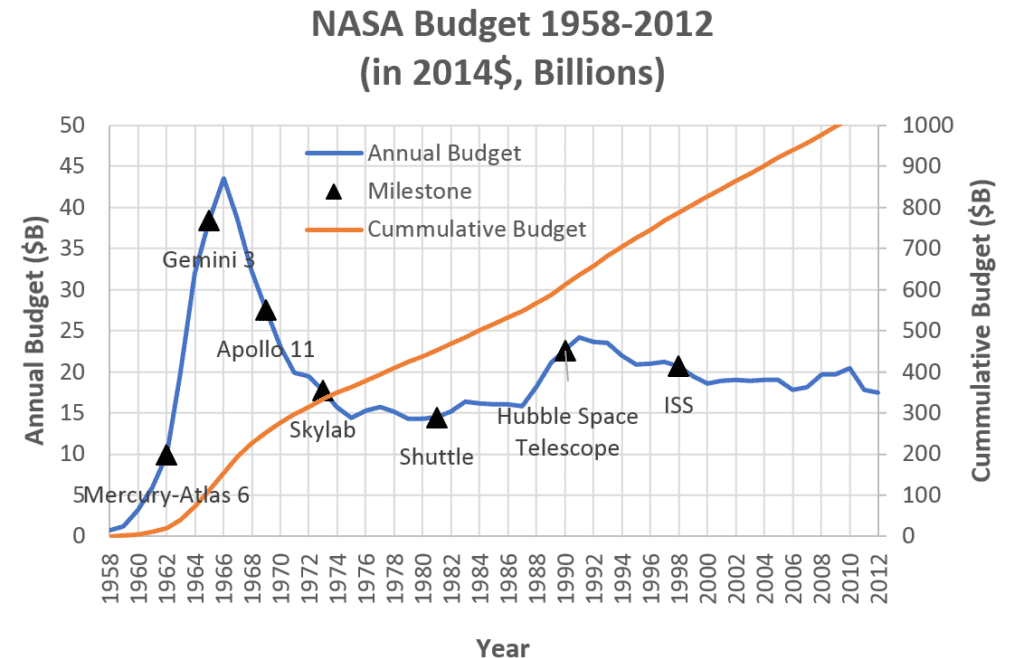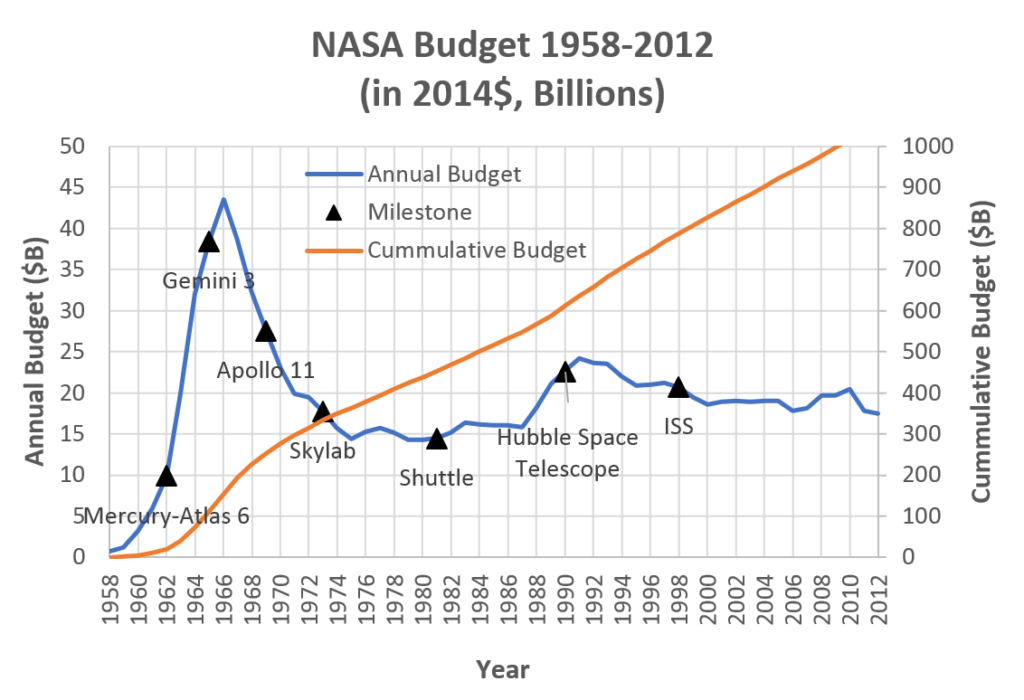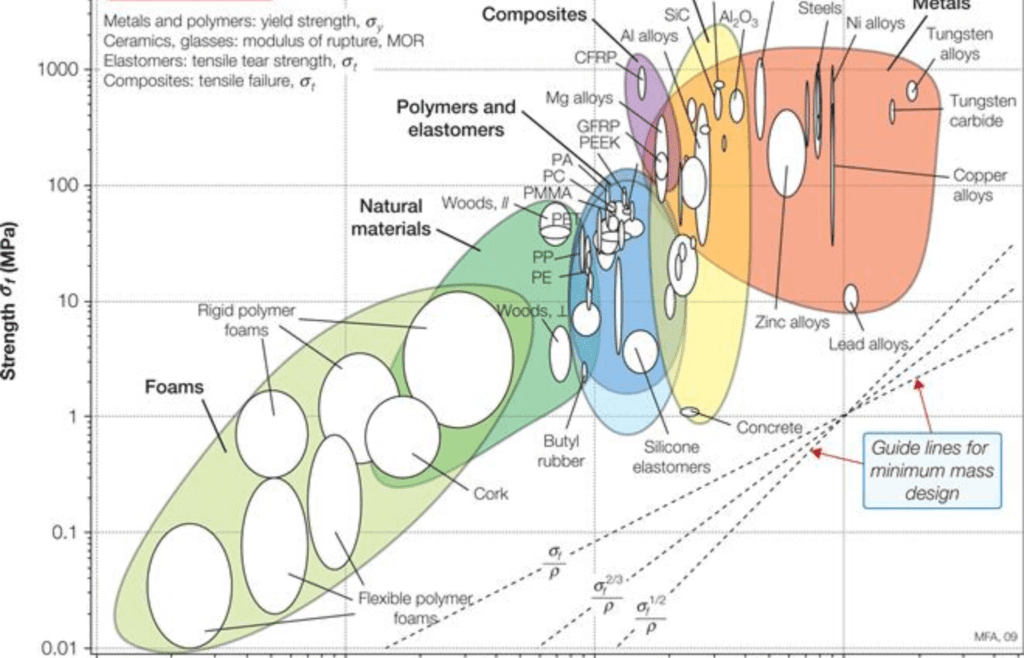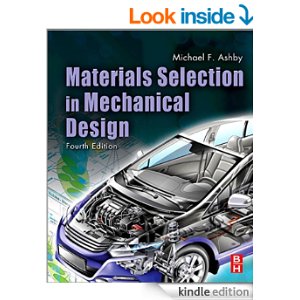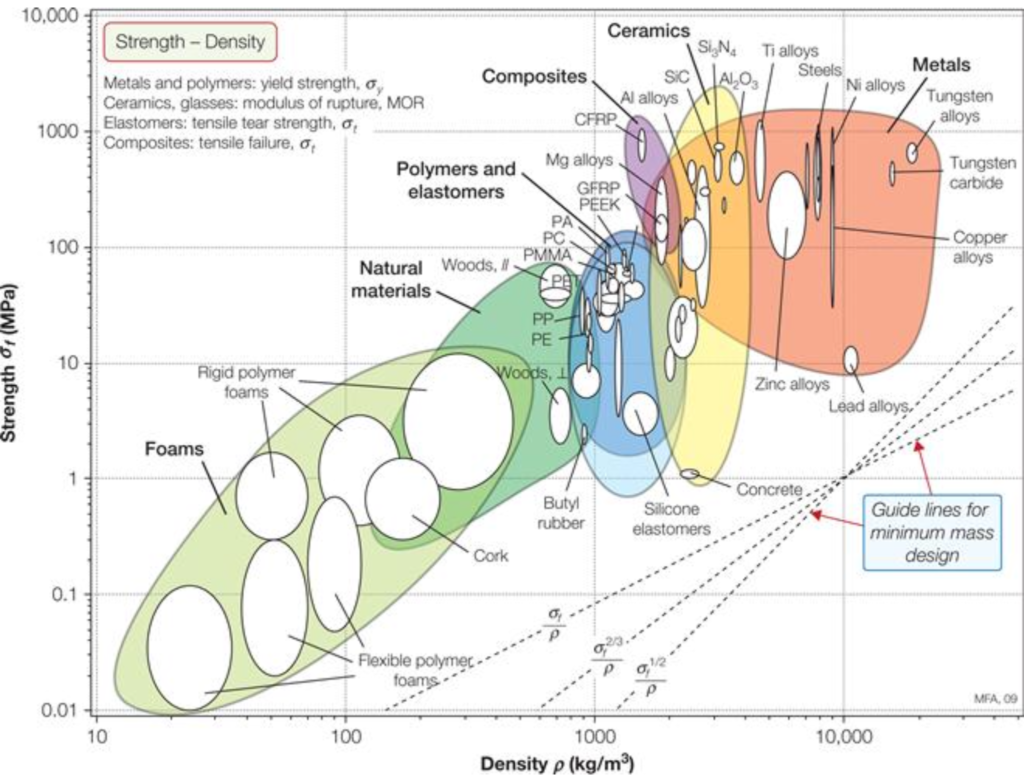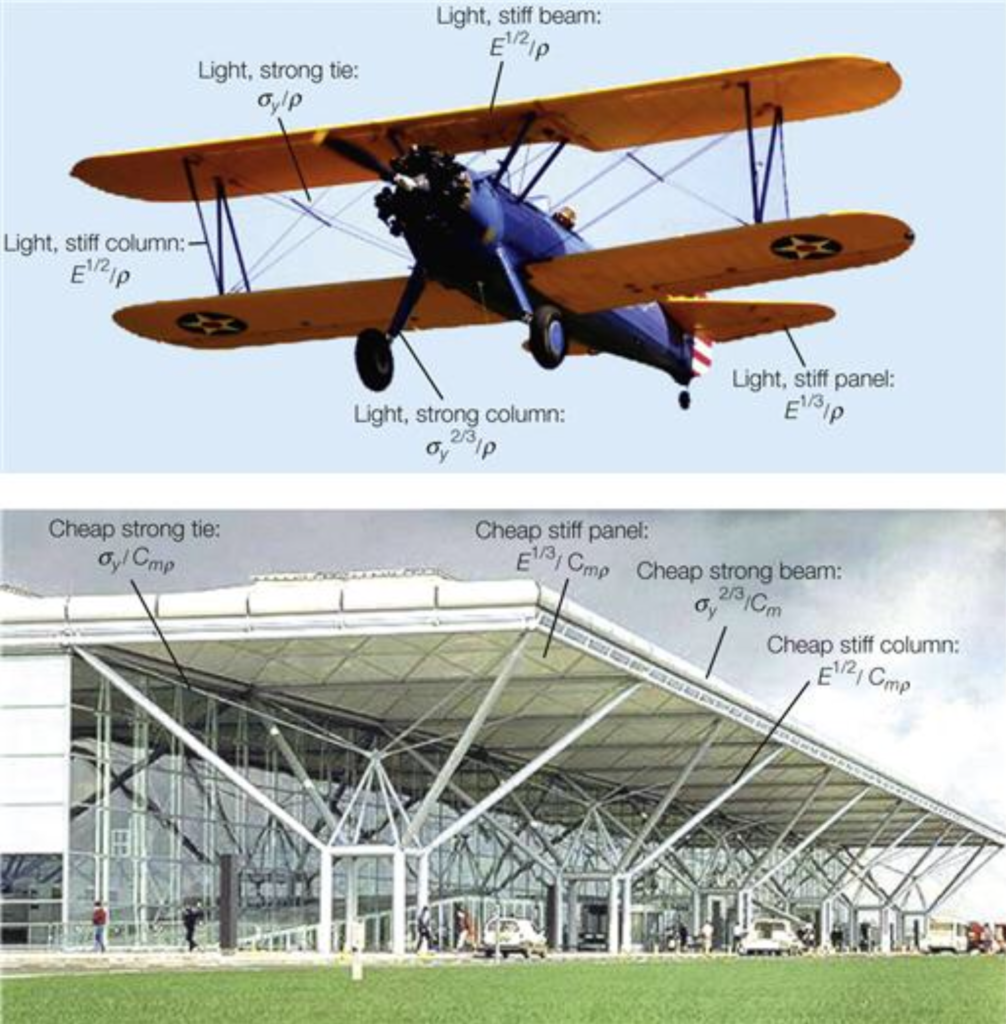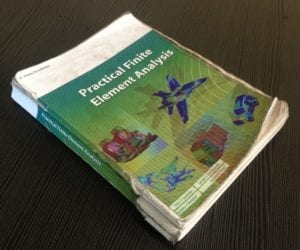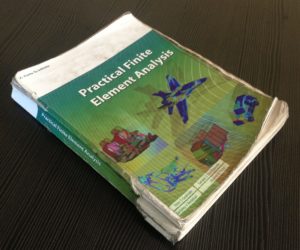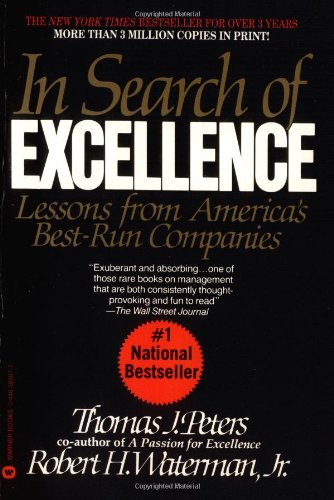 This book is a business classic and sometimes gets short shrift due to some of the ‘best-run companies’ it highlights. Like Atari. The book was published in 1982 and has so much timeless content, it deserves a read. It’s an engaging and fast read with a tremendous amount of sage advice and actionable goodies. The eight principals are written on the inside cover of the book and are worth the price of the book (even though now you can get it second hand for about $5). This book has the feel of the later Jim Collin’s books and a lot of the lessons listed below are reiterated across most, if not all, of the best selling business and management books.
This book is a business classic and sometimes gets short shrift due to some of the ‘best-run companies’ it highlights. Like Atari. The book was published in 1982 and has so much timeless content, it deserves a read. It’s an engaging and fast read with a tremendous amount of sage advice and actionable goodies. The eight principals are written on the inside cover of the book and are worth the price of the book (even though now you can get it second hand for about $5). This book has the feel of the later Jim Collin’s books and a lot of the lessons listed below are reiterated across most, if not all, of the best selling business and management books.
Eight Basic Principles to stay on top of the heap
- A bias for action: a preference for doing something – anything – rather than sending a question through cycles and cycles of analyses and committee reports.
- Staying close to the customer – learning his preferences and catering to them.
- Autonomy and entrepreneurship – breaking the corporation into small companies and encouraging them to think independently and competitively.
- Productivity through people – creating in all employees the awareness that their best efforts are essential and that they will share in the rewards of the company’s success.
- Hands-on, value-driven – insisting that executives keep in touch with the firm’s essential business.
- Stick to the knitting – remaining with the business the company knows best
- Simple form, lean staff – few administrative layers, few people at the upper levels.
- Simultaneous loose-tight properties – fostering a climate where there is dedication to the central values of the company combined with tolerance for all employees who accept those values.
Mr. Peter’s has a website. It has a lot of great content, you should check it out. His other books are pretty good too.
The rest of my recommended leadership lists are here.
-ejr

